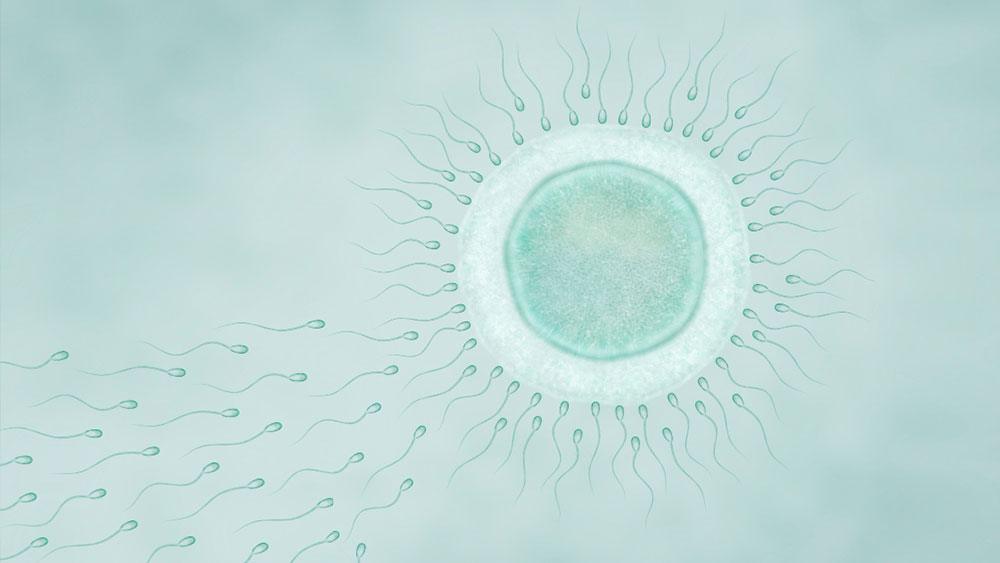Women are always blamed for not having the capability of conceiving a child in their wombs. However, despite the masculine dominance of society, men, too, suffer from medical issues that restrict them from becoming fathers. The problem with male fertility may take a toll on a woman’s life, too. According to science, the sperm has to reach the egg to get fertilised.
However, when the sperm count is low or a man suffers from ejaculation problems, the entire process of reproduction becomes difficult. That’s where ICSI treatment can help. Here’s the entire process explained, from egg retrieval to embryo transfer.
Step-by-Step Process of ICSI
The ICSI process follows a clear path from start to finish. The treatment takes several weeks and involves multiple visits to the clinic. Both partners play important roles in making ICSI work. Women take medicines to grow multiple eggs at once. Men provide sperm samples on the same day as egg collection. The lab team works with both eggs and sperm to create embryos. These steps must happen in the right order and at the right time.
Ovarian Stimulation
Women take gonadotropin injections every day for about 10 to 14 days. These fertility medicines make the ovaries produce many eggs instead of just one. The clinic monitors progress with blood tests and ultrasound scans. The injections can make the injection sites sore and bruised. When eggs reach the right size, women get an hCG trigger injection. This final injection helps eggs mature completely.
Egg Retrieval
Collecting the Sperm & Preparing it
Men give fresh sperm samples on the same day as egg retrieval. The professional then collects the sample in a room, ensuring privacy and comfort. The lab washes & prepares the sperm within some hours, taking meticulous care to maintain the sperm’s viability. Then, the lab team selects the best sperm to inject into the egg, ensuring the highest chances of successful fertilization.
How ICSI Happens
Lab professionals use their expertise and precision, along with tiny needles & microscopes, to inject sperm into the egg. They hold one egg steady with a tool, ensuring the delicate process is carried out with the utmost care. The healthy sperm gets pushed through the eggshell & into the centre, a process that requires expert hands & a steady mind to avoid damaging the egg. After this, the fertilised eggs go into special dishes for further growth, under the watchful eyes of the lab team.
Developing the Embryo
Embryo Transfer
What Happens after the Procedure?
Women take medicines to help embryos stick to the womb lining. These medicines come as tablets, gels, or injections. Many women feel tired and emotional during this waiting time. The two-week wait until pregnancy testing feels endless for most couples. Some have light bleeding that may or may not mean pregnancy. Others have no symptoms at all during this time. Women must avoid heavy lifting and strenuous exercise. The pregnancy test happens exactly 14 days after Embryo Transfer.
Conclusion
ICSI gives hope to couples struggling with male fertility problems. The treatment bypasses natural barriers that stop sperm from fertilising eggs. Success rates range from 50% to 80% for the fertilisation of eggs. About half of ICSI cycles result in pregnancy. The process requires commitment, patience, and emotional strength from both partners. Each step builds towards the final goal of having a healthy baby.


